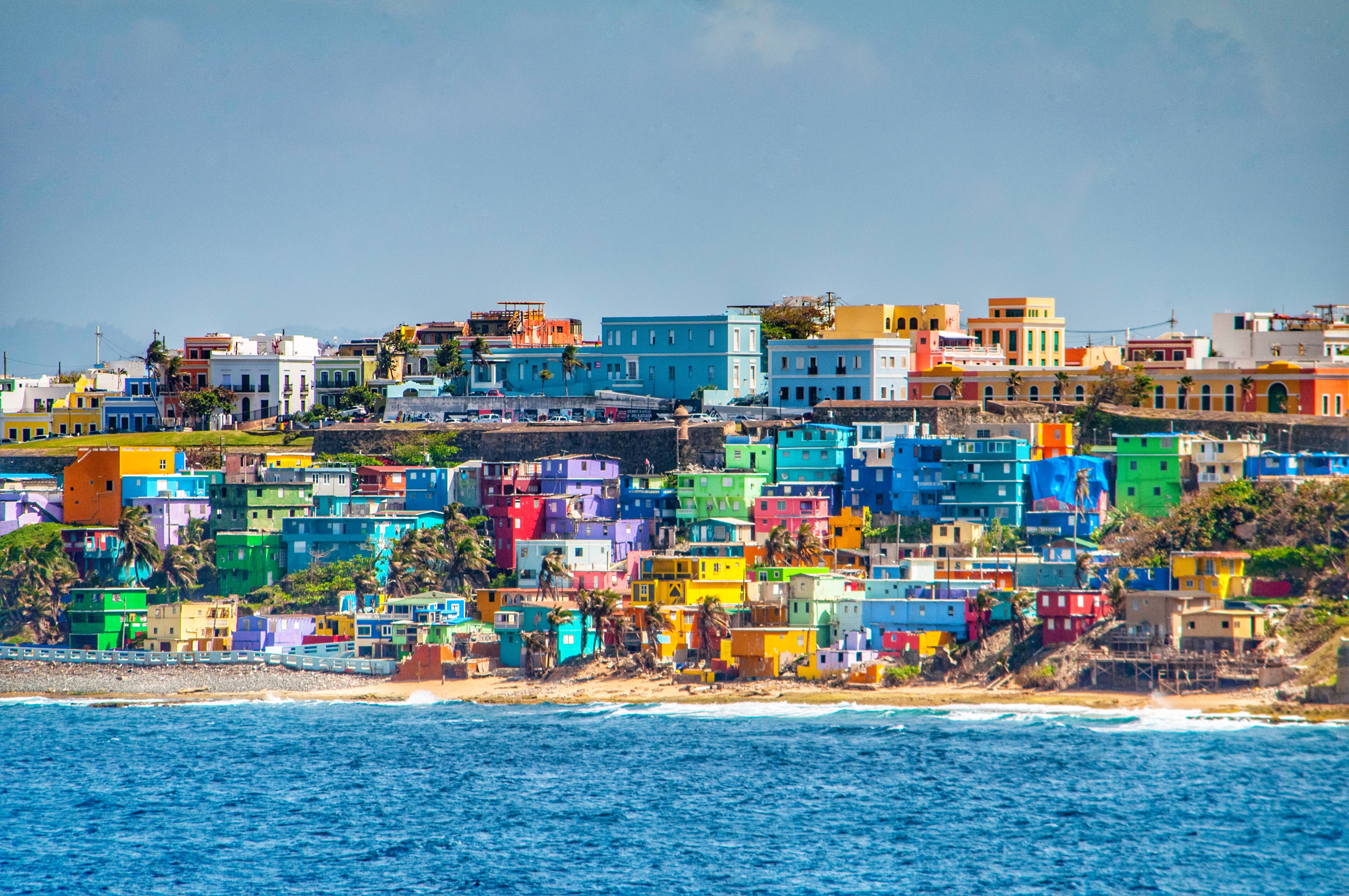Puerto Rican Culture

Puerto rico – Puerto Rican culture is a vibrant tapestry of Spanish, African, and Caribbean influences. The island’s rich history has shaped a unique blend of traditions, customs, and beliefs that are reflected in every aspect of Puerto Rican life, from its music and dance to its cuisine and language.
The vibrant island of Puerto Rico, located in the heart of the Caribbean Sea, boasts a rich tapestry of natural wonders. Its lush rainforests, pristine beaches, and vibrant coral reefs attract nature enthusiasts from around the globe. However, few realize that Puerto Rico’s geographical proximity to the windward islands offers even more opportunities for exploration.
The windward islands, known for their breathtaking volcanic landscapes and unspoiled ecosystems, are a haven for adventurers seeking pristine beaches, verdant rainforests, and abundant wildlife. And while Puerto Rico remains a cultural melting pot, the influence of its neighboring islands can be seen in its cuisine, music, and traditions, adding to its vibrant and diverse character.
Music
Music is an integral part of Puerto Rican culture. The island is renowned for its salsa, bomba, and plena rhythms, which have gained worldwide recognition. Salsa, a fusion of Cuban and Puerto Rican styles, is characterized by its infectious beat and sensual dance moves. Bomba, an Afro-Puerto Rican genre, originated in the 17th century and is known for its percussive rhythms and call-and-response vocals. Plena, a more recent genre, combines elements of bomba and folk music, and often addresses social and political issues.
Tourism in Puerto Rico

Puerto Rico is a Caribbean island that offers a unique blend of culture, history, and natural beauty. The island is home to a diverse range of attractions, from the lush El Yunque Rainforest to the vibrant streets of Old San Juan. Whether you’re looking for adventure, relaxation, or a taste of local culture, Puerto Rico has something to offer everyone.
Top Attractions
Some of the most popular tourist destinations in Puerto Rico include:
- El Yunque Rainforest: This lush rainforest is home to a variety of plants and animals, including the endangered Puerto Rican parrot. There are several hiking trails that wind through the rainforest, offering stunning views of the surrounding landscape.
- Old San Juan: This historic city is home to a variety of colonial-era buildings, including the San Juan Cathedral and the El Morro fortress. Old San Juan is also a great place to shop for souvenirs and enjoy the local nightlife.
- Vieques Island: This small island is located off the coast of Puerto Rico and is known for its beautiful beaches and bioluminescent bay. Vieques is a great place to relax and enjoy the natural beauty of Puerto Rico.
Popular Activities
In addition to its many attractions, Puerto Rico also offers a variety of popular activities, including:
- Snorkeling and kayaking: The clear waters of Puerto Rico make it a great place to snorkel and kayak. There are a number of different snorkeling and kayaking tours available, which can take you to some of the island’s most beautiful reefs and beaches.
- Zip-lining: There are several zip-lining courses located throughout Puerto Rico, which offer a unique way to experience the island’s rainforest. Zip-lining is a great way to get a bird’s-eye view of the surrounding landscape.
History of Puerto Rico
Puerto Rico’s rich history is a blend of indigenous, Spanish, and American influences. From its Taíno roots to its current political status, the island has witnessed significant events that have shaped its culture and identity.
Taíno Heritage
Before European arrival, Puerto Rico was inhabited by the Taíno people, an indigenous group who lived in harmony with their environment. They established a sophisticated society with advanced agricultural practices, intricate crafts, and a spiritual connection to the island.
Spanish Colonization
In 1493, Christopher Columbus arrived in Puerto Rico, claiming it for the Spanish Crown. The Spanish imposed their language, culture, and religion on the island, leading to a period of significant cultural exchange.
American Annexation, Puerto rico
In 1898, during the Spanish-American War, Puerto Rico was ceded to the United States. The island became a U.S. territory, and its political status has been a subject of debate ever since.
Current Political Status
Puerto Rico remains a U.S. territory, with its residents holding U.S. citizenship but lacking full voting representation in Congress. The island’s political status is complex, with ongoing discussions about statehood, independence, or enhanced autonomy.
Puerto Rico, a Caribbean gem, is no stranger to tropical storms. To stay informed, residents keep a close eye on the hurricane watch. This vital tool provides up-to-date information on approaching storms, empowering communities to prepare and respond effectively.
With hurricane season upon us, Puerto Ricans rely on the hurricane watch to safeguard their homes, businesses, and loved ones.